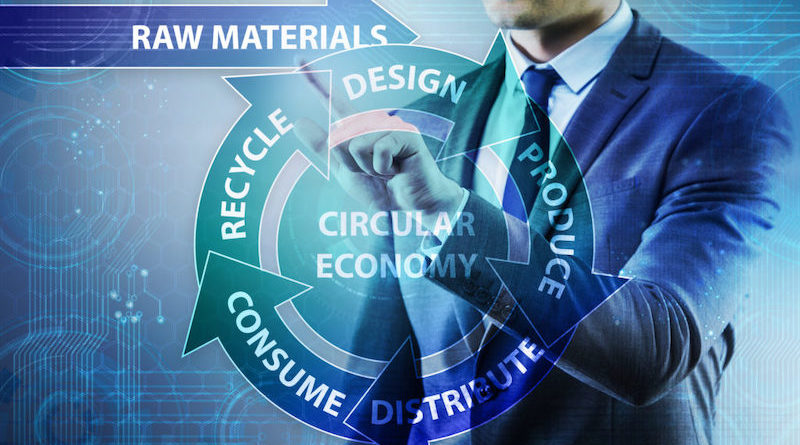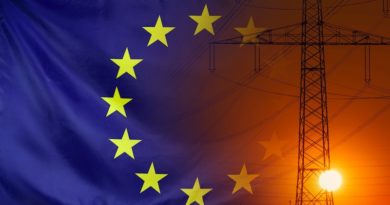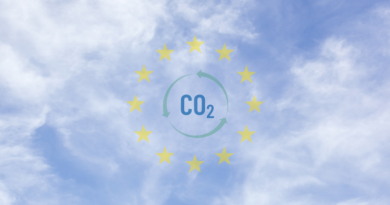
A Circular Economy Action Plan for strengthening the industrial autonomy of Europe
It has been estimated that global demand for resources will triple by 2050, including almost 70% increase in demand for food, feed and fibre. We already consume over 1.5 globes worth of resources every single year, and following the estimates, would need more than three planets full of resources to satisfy the demand by 2050 under business as usual scenario. There are however limits to growth—we only have one planet.
Europe is extremely dependent on imported raw materials and energy, much more so than many of our competitors: 40% of all material used in the European Union is imported, and for some strategic resources, the percentage is even higher. Furthermore, this dependency on imported raw materials is highly concentrated. For example, with the growing amount of electric vehicles and energy storage, the demand for lithium is expected to be 60 times higher by 2050.
Resource scarcity increases prices. Almost 90% of European companies expect their material input prices to continue rising, according to a Eurobarometer survey. With raw materials running short, Europe is either going to be hit the hardest by resource scarcity or benefit the most from resource use efficiency.
EU has worked on circular economy and resource efficiency for already a decade to tackle this dependency and secure our critical raw material supply. Commission has recently published an Action Plan on Critical Raw Materials. Commission proposes actions to reduce dependency inter alia through circularity in the use of resources as well as via strengthening the sourcing of raw materials in the EU.
If we look at these facts, it is clear that European economies cannot survive—let alone grow and prosper—unless we take some radical steps to increase our resource efficiency and move towards a true circular economy. We have to stop wasting precious resources and start using them more efficiently.
In this challenge, there also lies a huge opportunity. The one, who can deliver solutions for the resource efficiency dilemma, is also the winner of the race: this means solving the problem of doing more with less—creating more added value with less resources. I have argued that we ultimately need to increase our efficiency by “factor 10”: we need to be able to create the same level of well-being with a tenth of the resources we use now.
In circular economy, there is no waste, products are designed to be durable, upgradeable, repairable, reusable and recyclable at the highest level possible.
In the end of their life, they will become raw material for something else. This same goes with critical raw materials.
Furthermore, circular economy has the potential to increase the EU’s GDP by an additional 0.5 % and create around 700 000 new jobs by 2030.
In the new circular economy action plan, we will need to support this change. Currently most of the legislation is created to support the linear “take-make-dispose” economy. We need regulation that supports real circular economy. Regulation is never neutral. Legislation is one of the essential drivers of the business revolution, as businesses and investors alike need a stable and predictable regulatory environment in order to change.




